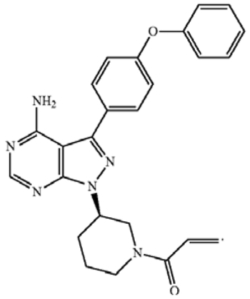MarkIt to Market® -The Emperor Has No…Agreement? The USPTO’s Recent Update on “Clothed” Consent Agreements | Sterne, Kessler, Goldstein & Fox P.L.L.C.
As any good trademark practitioner knows, a “naked” consent agreement is one in which one party provides consent to the registration of another party’s mark without an explanation of why confusion is unlikely, or what the parties will do to minimize a likelihood of confusion. What, then, is the opposite of being naked? Clothed, of course.
In one of the more interesting TMEP updates released in November 2023, the USPTO has coined a new term: the “clothed” consent agreement. TMEP §1207.01(d)(viii) has been updated to indicate that Examining Attorneys “should give substantial weight to a proper ‘clothed’ consent agreement.” As guided by this updated section, the TMEP indicates that an Examining Attorney should consider (1) if the consent agreement between the parties shows that they have clearly thought out their commercial interests, and (2) if, on balance, other factors do not weigh in favor of finding a likelihood of confusion. If so, then the consent agreement should “favor a conclusion that confusion is not likely.”
This guidance explicitly favoring consent agreements is certainly welcome, as it can be difficult to explain to clients that there is a possibility that a consent agreement may not overcome a §2(d) Likelihood of Confusion refusal, even if that agreement is fully “clothed.” This newly coined term not only elicits a chuckle, but also helps clarify best practices in terms that brand owners can understand and easily convey to internal stakeholders.





